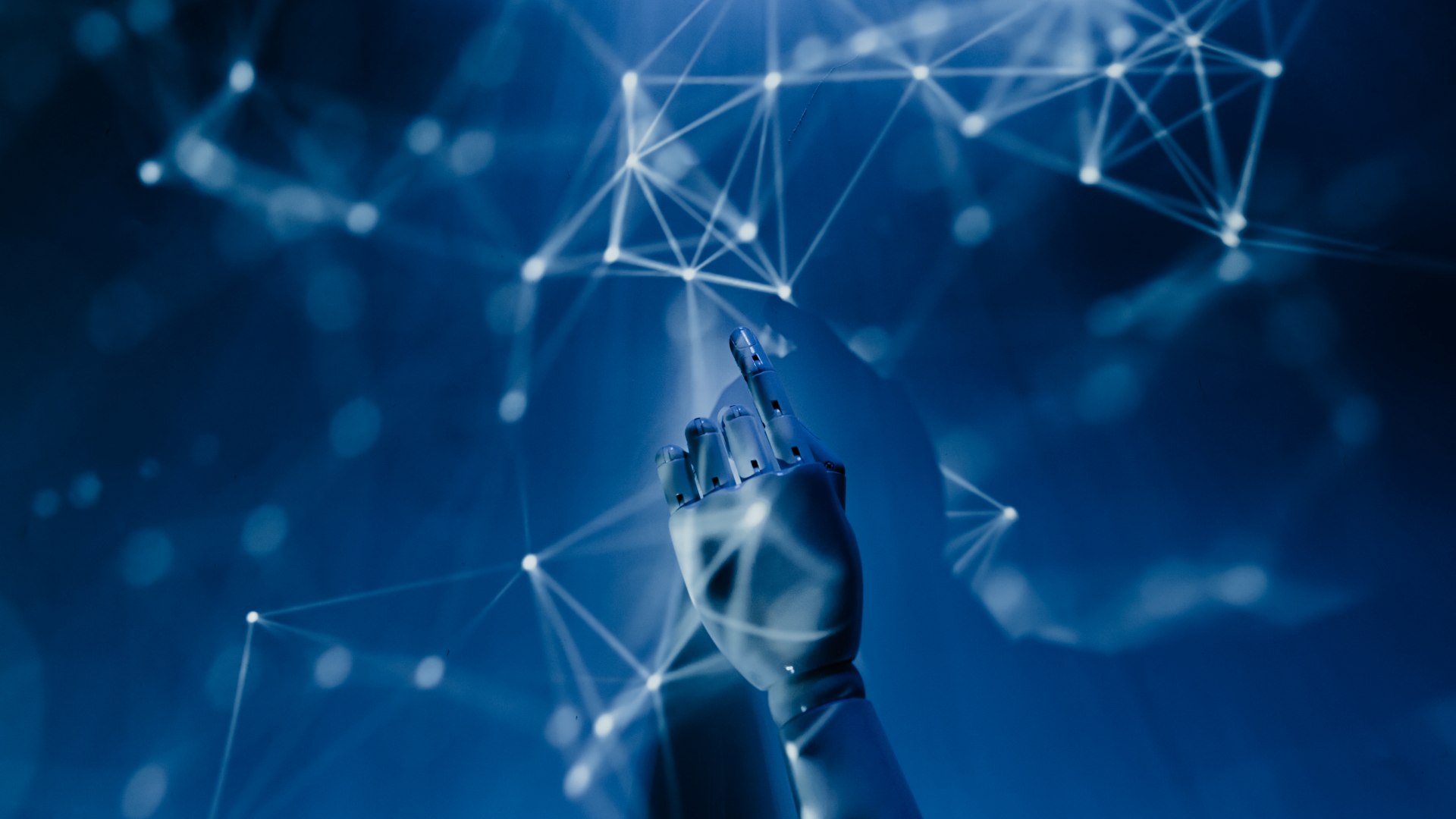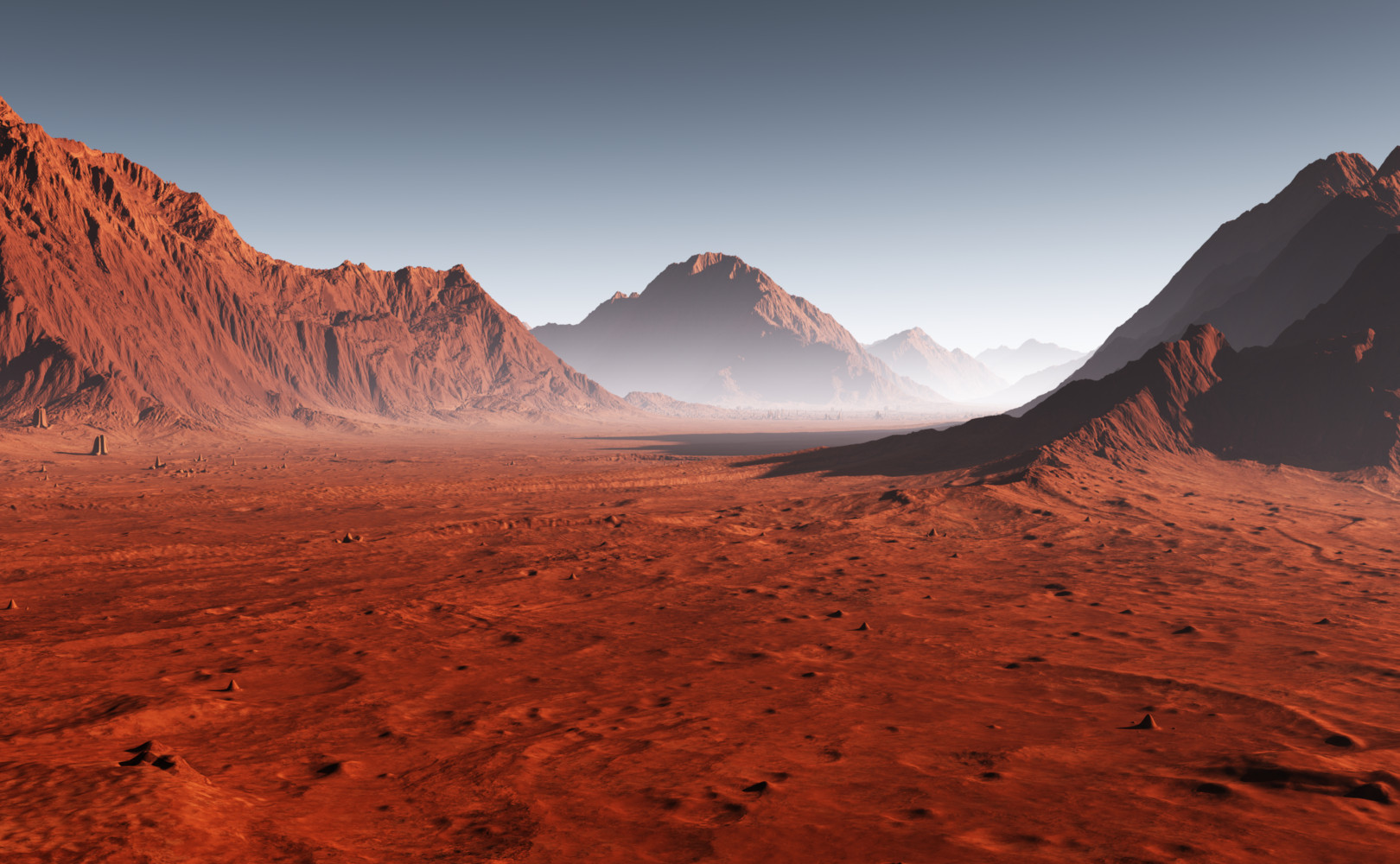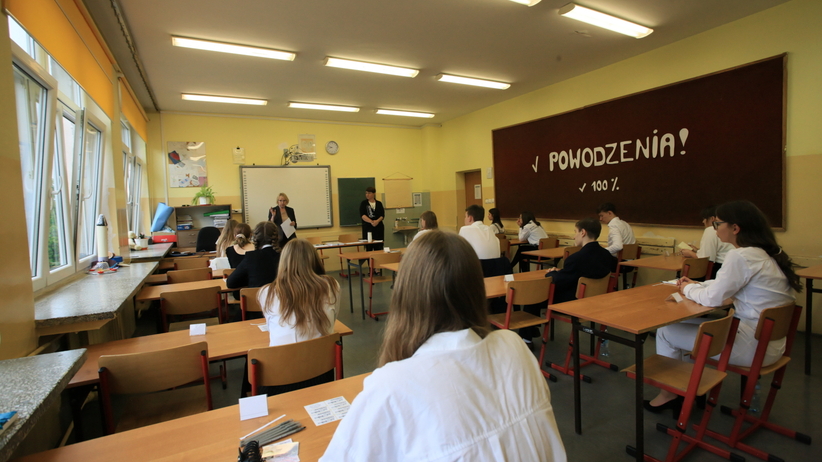A great example of this is recent research conducted by scientists from the University of Jyväskylä. They were able to simplify so-called deep learning using mathematical calculations dating back to the 18th century. As if that wasn’t enough, analyzes have shown that training algorithms from 50 years ago perform better than those developed more recently.
Read also: We accept artificial intelligence. ChatGPT didn’t make us fear the Terminator scenario
Deep learning is based on artificial neural networks, the work of which allows them to mimic how the human brain processes information. Such networks with a large number of data processing layers are trained using large datasets and rich computational resources.
In 2017, Tommi Karkkainen and Jan Hänninen conducted research on data reduction and pointed out that combining simple network structures in new ways can reduce resource consumption. In other words, relatively simple models provided effects previously reserved for more advanced solutions.
AI doesn’t always require the latest solutions – research by Finnish scientists shows that even 18th century technologies can help
Of course, the most surprising thing about the whole thing is the fact that the solution developed is based on mathematical calculations dating back to the 18th century. As if that wasn’t enough, Finnish scientists have proven that optimization techniques from the 1970s work much better than much newer ones. We can read about the details of the latest progress in the post published here Neural computing.
Simplifying the operation of such models should provide a number of benefits to the world of science. As those interested themselves explain, the more transparent and user-friendly AI is, the easier it is to use it ethically. In this context, we talk, for example, about deep learning techniques used for medical purposes. In addition, it is important to reduce the negative impact on the natural environment, because such models have lower energy consumption and, as a result, lower greenhouse gas emissions. There is no doubt that artificial intelligence has the potential to seriously change our daily lives.
Read also: Why is the symbol X used in mathematics?
Deep learning plays an important role in the R&D and AI sector, and although science is always evolving and reflecting recent developments, society itself can be resistant to change. We are very interested in how these results are received by the scientific and business communities. […] New AI has a range of applications in our own research, from nanotechnology to better materials for a sustainable economy to improving digital learning environments and increasing the reliability and transparency of health and wellbeing technologies.
Tommi Karkkainen explains

Echo Richards embodies a personality that is a delightful contradiction: a humble musicaholic who never brags about her expansive knowledge of both classic and contemporary tunes. Infuriatingly modest, one would never know from a mere conversation how deeply entrenched she is in the world of music. This passion seamlessly translates into her problem-solving skills, with Echo often drawing inspiration from melodies and rhythms. A voracious reader, she dives deep into literature, using stories to influence her own hardcore writing. Her spirited advocacy for alcohol isn’t about mere indulgence, but about celebrating life’s poignant moments.










